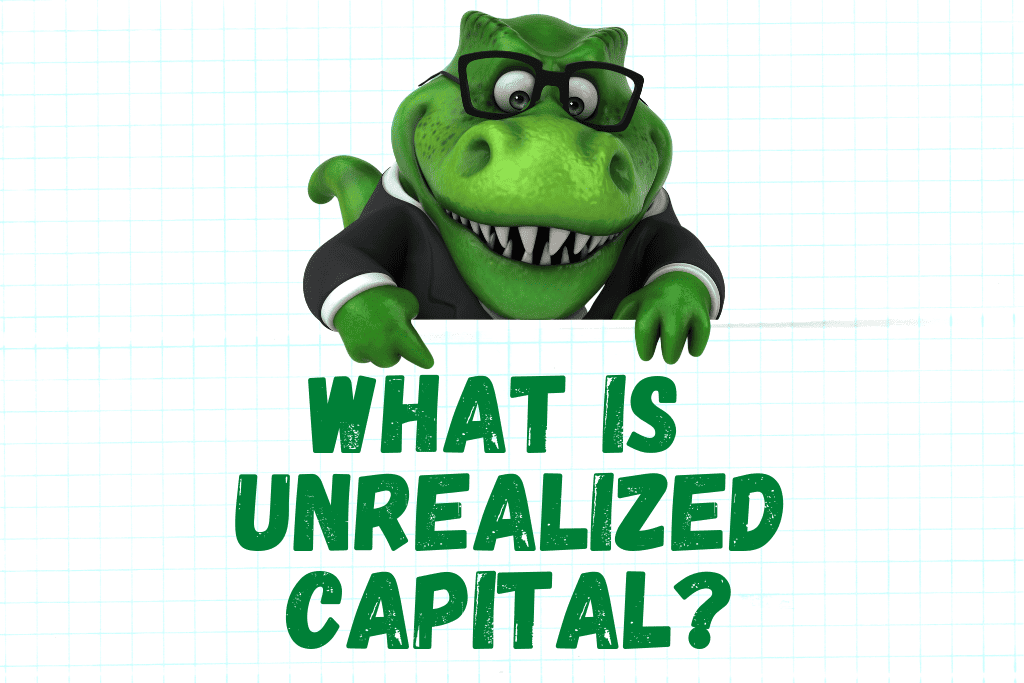Unrealized capital refers to the increase or decrease in the value of an investment that you haven’t sold yet. It’s like having a piece of paper that shows how much money you could make or lose if you were to sell your investment right now.
When you own an asset, such as stocks, bonds, real estate, or other investments, the value of that asset can fluctuate over time due to changes in market conditions, supply and demand, and other factors. Unrealized capital refers to the difference between the current market value of the investment and its original purchase price or cost basis.
For example, if you bought a stock for $100 and its current market price is $150, you have an unrealized capital gain of $50 per share. But this gain is only on paper until you sell the stock.
The same goes for losses. If the market value of your investment drops below what you paid for it, you would have an unrealized capital loss. Again, this loss is only on paper until you actually sell the investment at a lower price.
Unrealized gains or losses are important to track because they give you an idea of how well your investments are performing. However, they don’t affect your taxes until you sell the investment and realize the gain or loss.
So, in simple terms, unrealized capital is the profit or loss you could make on an investment if you sold it right now, but until you sell it, it’s just a potential gain or loss on paper.
For more about how Unrealized Capital is reported on financial statements, visit this article: What is Accumulated Other Comprehensive Income?

